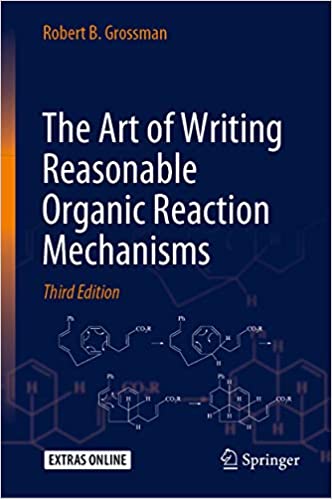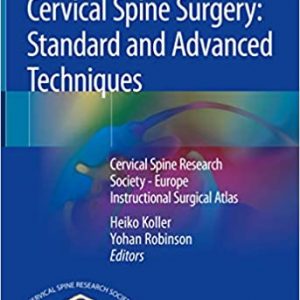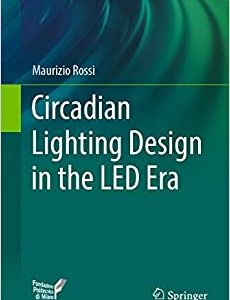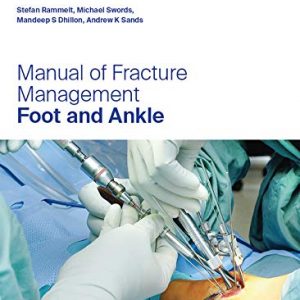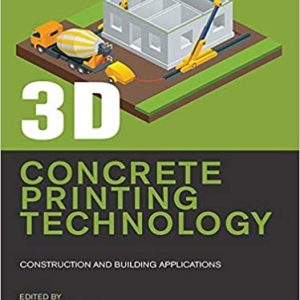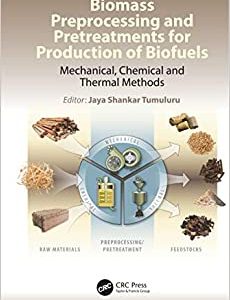Each chapter discusses common mechanistic pathways and suggests practical tips for drawing them. Worked problems are included in the discussion of each mechanism, and “common error alerts” are scattered throughout the text to warn readers about pitfalls and misconceptions that bedevil students. Each chapter is capped by a large problem set.
The author has drawn on his own research and the current literature to ensure that appropriate attention is given to topics across the range of modern organic chemistry. The text is unique in its inclusion of a chapter on reactions mediated or catalyzed by transition metals, an area in which mechanistic understanding is now essential. More modern topics such as olefin metathesis and cycloaromatization are covered without giving short shrift to more traditional areas such as carbonyl chemistry. The text assumes a basic knowledge of organic chemistry. It can be used either in a formal course or by students working on their own, and will be particularly useful for graduate students studying for qualifying examinations. It will also be useful to students and researchers in biochemistry, pharmacology, and inorganic chemistry.
The third edition includes greater discussion of the reactions of biological cofactors such as thiamine and pyridoxal, and discussions of modern developments such as metal-catalyzed C–H activation reactions have been added. In terms of stylistic improvements, the author has introduced color into drawings to improve visual clarity and has improved the depictions of radical anions and radical chain reactions.
Product details
- File Size: 17480 KB
- Print Length: 452 pages
- Publisher: Springer; 3 edition (November 23, 2019)
- Publication Date: November 23, 2019
- Language: English
- ASIN: B081YJDSQW
- Text-to-Speech:
Enabled

- Word Wise: Not Enabled
- Lending: Not Enabled
-
#4
in Polymer Chemistry Engineering -
#8
in Inorganic Chemistry (Kindle Store) -
#3
in Polymer Science Engineering

